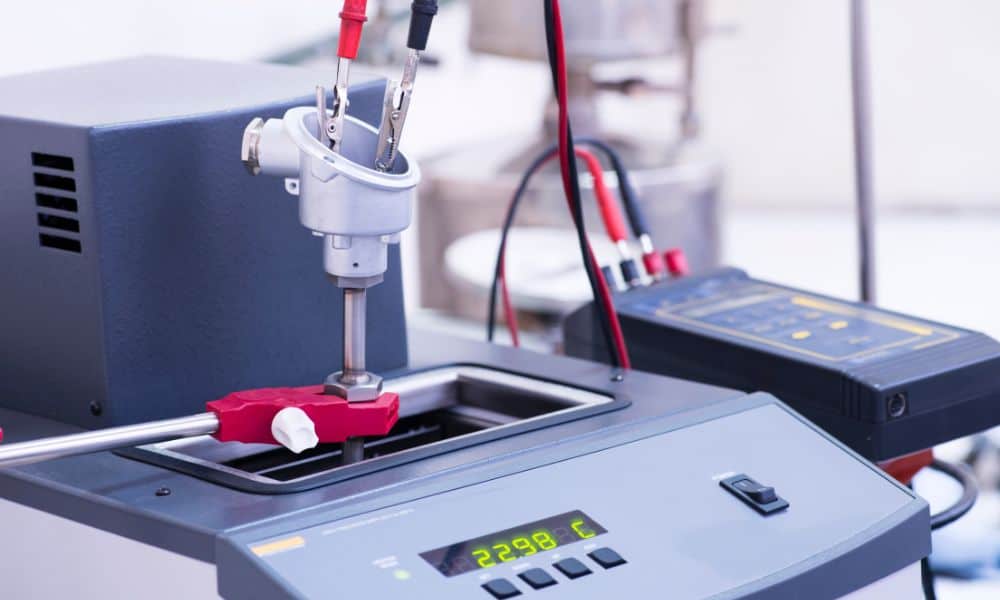
Whenever you’re working with a thermal system, a crucial element is temperature measurement. Selecting the appropriate temperature sensor is an important step in building a system. Continue reading to learn about some key differences between thermistor and RTD temperature sensors.
Reaction Time
Thermistors and RTDs respond differently to temperature changes. Both are thermally sensitive resistors, but thermistors can typically respond faster due to their smaller size and smaller mass. Thermistors can be coated with a thin protective layer or dipped in a thermally conductive epoxy. RTDs are typically encased in a larger housing to protect the more sensitive RTD element. The smaller mass of the thermistor enables faster response to changes in temperature.
Measurement Range and Sensitivity
The measuring range is an important factor to consider when looking for temperature sensors because some thermal applications can operate across a wide range of temperatures. The RTD is generally the best sensor for measuring a very broad range (100°C or higher) due to its relatively low change in resistance over temperature. However, that broad range also makes the RTD less sensitive than a thermistor in most systems.
Another potential benefit of the RTD is its relative linearity change in resistance. By comparison, the thermistor is highly non-linear. Most digital temperature controllers eliminate this issue by handling the measurement conversion to temperature automatically.
Some temperature controllers offer multiple measurement ranges for thermistor sensors, broadening the operating range significantly and allowing a thermistor to be used in applications that would otherwise require an RTD while maintaining the higher sensitivity of a thermistor.
Cost and Accuracy
Other key differences between thermistors and RTDs are their cost and accuracy. Thermistors are typically the most accurate temperature sensor, with commercially available accuracies as low as ±0.05°C, whereas RTDs are generally ±0.1°C or higher. At comparable accuracies, thermistors are generally available for a significantly lower cost.
Electronics
Due to the low resistance of RTD sensors, to achieve the rated accuracy, a 4-wire (sometimes referred to as Kelvin) measurement must be used, a feature not available on all temperature controllers. Using a 4-wire measurement compensates for the small, but significant, resistance errors introduced by the cables and connectors between the measurement electronics and the RTD.
By comparison, thermistors have a much higher resistance. While the same cable and connector resistances are added to a thermistor measurement, they are typically one to two orders of magnitude less. This makes them much smaller relative impacts, eliminating the need for a 4-wire measurement.
When determining which temperature sensor works best for your laser applications, you should consider these key differences between thermistors and RTDs. If you’re unsure what temperature sensor to use, you should contact us at Arroyo Instruments. We are a reputable temperature controller manufacturer and can help you find the sensors and temperature controllers you need!